Greenhouse vs Indoor THCa Flower: Comparing Jelly Breath and Giggle Gas Quality
The cultivation method dramatically impacts THCa flower quality, potency, and wholesale value. Whether you're a cultivator seeking optimal production methods or a retailer looking to stock premium hemp flower, understanding the fundamental differences between greenhouse THCa flower and indoor vs greenhouse hemp cultivation is crucial for making informed business decisions.
The THCa market has evolved rapidly, with discerning consumers increasingly recognizing quality differences between cultivation methods. Today's hemp flower market demands both consistency and premium quality, making cultivation method selection a critical strategic decision. This comprehensive analysis examines how environmental control, resource allocation, and production methodologies directly impact final product quality through detailed comparison of two exceptional strains: Giggle Gas Indoor THCa flower and Jelly Breath greenhouse THCa hemp flower.
Understanding THCa cultivation methods requires examining not just the immediate production environment, but also long-term sustainability, market positioning, and consumer preferences. As the hemp industry matures, cultivation decisions increasingly influence wholesale pricing, retail positioning, and ultimately business profitability. This analysis provides actionable insights for cultivators, distributors, and retailers navigating the complex landscape of premium THCa flower production.
Indoor Cultivation Deep Dive
Indoor cultivation represents the pinnacle of environmental control in THCa cultivation methods, offering unprecedented precision over every aspect of plant development. This controlled environment approach has revolutionized premium hemp flower production, enabling consistent, high-potency harvests regardless of external weather conditions or seasonal variations.
Environmental Control Advantages
Indoor facilities provide complete atmospheric control, maintaining optimal temperature ranges between 65-75°F during vegetative growth and 65-68°F during flowering. Humidity levels remain precisely controlled at 40-60% during vegetative stages and 40-50% during flowering, preventing mold development while optimizing resin production. CO2 supplementation typically maintains levels at 1200-1500 PPM, significantly enhancing photosynthetic efficiency and THCa production.
Air circulation systems ensure consistent airflow throughout canopy levels, preventing hot spots and ensuring uniform development. Advanced HVAC systems eliminate temperature fluctuations that stress plants and reduce cannabinoid production. This environmental stability directly translates to consistent THCa potency levels, often ranging 20-30% higher than outdoor alternatives.
Light Spectrum Optimization for THCa Production
Modern LED lighting systems allow precise spectrum control throughout growth cycles, optimizing wavelengths for maximum THCa biosynthesis. Full-spectrum LED arrays typically deliver 35-50 watts per square foot, providing intense, consistent illumination without excessive heat generation. Blue spectrum (400-500nm) promotes vegetative growth and terpene development, while red spectrum (620-750nm) drives flowering and cannabinoid production.
Advanced facilities utilize programmable lighting controllers, creating sunrise/sunset simulations and gradual spectrum shifts that optimize circadian rhythms and stress responses. Some growers implement UV supplementation during final flowering weeks, triggering additional trichome production and enhanced THCa concentrations. This precise light management consistently produces dense, resinous flowers with superior bag appeal.
Climate Control and Consistency Benefits
Indoor environments eliminate weather-related variables that significantly impact outdoor and greenhouse crops. Consistent day/night temperature differentials of 10-15°F promote healthy development without stress-induced growth interruptions. Precise humidity control prevents powdery mildew, botrytis, and other moisture-related issues common in less controlled environments.
Seasonal consistency allows year-round production cycles, enabling continuous harvest schedules and predictable inventory management. This reliability proves essential for wholesale operations requiring consistent product availability and quality standards. Indoor facilities can maintain optimal VPD (Vapor Pressure Deficit) levels of 0.8-1.2 kPa, maximizing nutrient uptake and photosynthetic efficiency.
Resource Requirements and Costs
Indoor cultivation demands significant initial capital investment, typically $200-500 per square foot for complete facility construction. Operating costs include substantial electrical consumption, averaging 25-40 kWh per pound of finished flower. Advanced LED systems, while energy-efficient, require significant upfront investment ranging $2-4 per watt of installed capacity.
Climate control systems consume additional energy maintaining optimal environmental conditions year-round. Water usage remains relatively low due to recirculating hydroponic systems, though initial filtration and monitoring equipment requires substantial investment. Skilled labor costs increase due to technical complexity and precision required for optimal results.
Despite higher operational costs, indoor cultivation often generates 3-4 harvest cycles annually compared to 1-2 outdoor cycles, potentially offsetting increased expenses through volume and premium pricing. The ability to produce premium-grade flower consistently commands wholesale prices 30-50% higher than greenhouse alternatives.
Quality Outcomes and Premium Positioning
Indoor THCa quality consistently demonstrates superior characteristics across multiple metrics. Trichome density typically increases 15-25% compared to greenhouse cultivation, resulting in higher cannabinoid concentrations and enhanced visual appeal. Color retention remains superior due to controlled light exposure, maintaining vibrant greens and purples throughout curing processes.
Terpene profiles develop more complexity under controlled conditions, with monoterpenes like myrcene and limonene showing increased concentration. This enhanced aromatic profile directly correlates with consumer preferences and premium pricing opportunities. Indoor flower typically exhibits tighter bud structure, improved trim quality, and superior overall appearance.
Consistency between harvests becomes paramount for wholesale operations, with indoor cultivation delivering batch-to-batch variations under 5% for most quality metrics. This reliability enables premium brand positioning and long-term customer relationships based on predictable product quality.
Giggle Gas Indoor as Case Study
Giggle Gas Indoor THCa flower exemplifies premium indoor cultivation results, showcasing dense, trichome-covered buds with exceptional bag appeal. The controlled environment cultivation produces consistent 25%+ THCa levels with rich terpene profiles dominated by myrcene and caryophyllene.
Visual inspection reveals tight, compact bud structure characteristic of indoor cultivation, with vibrant green coloration and abundant crystal coverage. The enhanced terpene development creates complex aromatic profiles combining sweet, fruity notes with subtle earthy undertones. This premium positioning commands wholesale prices reflecting the quality differential achieved through indoor methods.
The consistency achieved through indoor cultivation enables reliable inventory planning and customer satisfaction. Each batch maintains similar potency levels, appearance standards, and aromatic profiles, essential for establishing brand reputation and customer loyalty in competitive wholesale markets.
Greenhouse Cultivation Analysis
Greenhouse hemp benefits combine natural sunlight advantages with environmental protection, creating cost-effective production methods capable of producing high-quality THCa flower. Modern greenhouse facilities bridge the gap between outdoor growing and indoor precision, offering scalable solutions for large-volume hemp flower production.
Natural Light Integration Benefits
Greenhouse cultivation harnesses full-spectrum sunlight, providing plants with complete photosynthetic wavelengths unavailable in artificial lighting systems. Natural sunlight delivers approximately 2000μmol/m²/s at peak intensity, far exceeding most indoor lighting installations. This intense, broad-spectrum illumination promotes robust vegetative growth and enhanced secondary metabolite production.
Seasonal light variations create natural flowering triggers, reducing energy costs associated with artificial photoperiod control. Plants demonstrate improved photosynthetic efficiency under natural light conditions, often producing larger yields per plant compared to indoor equivalents. The dynamic light spectrum throughout daily cycles promotes healthy plant responses and enhanced terpene development.
Glass or polycarbonate coverings filter harmful UV radiation while maintaining beneficial wavelengths essential for THCa biosynthesis. Advanced greenhouse designs incorporate supplemental LED lighting for extended photoperiods or light augmentation during low-light seasons, combining natural and artificial illumination benefits.
Cost Efficiency and Scalability
Greenhouse construction costs typically range $25-75 per square foot, significantly lower than indoor facilities. Operating expenses decrease substantially due to reduced lighting requirements, with energy consumption averaging 40-60% less than indoor operations. Natural ventilation reduces HVAC costs while maintaining adequate air circulation for healthy plant development.
Scalability advantages become apparent in larger operations, with greenhouse facilities easily expandable in modular sections. Construction timelines prove shorter than indoor facilities, enabling faster market entry and revenue generation. The reduced complexity of greenhouse systems requires fewer specialized technicians, lowering labor costs while maintaining production quality.
Water usage efficiency improves through natural precipitation collection and reduced evaporation rates compared to outdoor cultivation. Integrated pest management proves more effective in semi-enclosed environments, reducing pesticide applications and associated costs. These operational efficiencies enable competitive wholesale pricing while maintaining healthy profit margins.
Environmental Sustainability Factors
Greenhouse cultivation demonstrates superior environmental sustainability compared to energy-intensive indoor operations. Carbon footprint reductions of 50-70% result from decreased electrical consumption and reliance on renewable solar energy. Water conservation through controlled environments and precipitation capture reduces overall resource consumption.
Integrated pest management systems reduce chemical pesticide requirements, promoting ecological balance and reducing environmental contamination. Composting programs utilize plant waste materials, creating closed-loop systems that minimize external inputs. These sustainability advantages increasingly appeal to environmentally conscious consumers and regulatory frameworks.
Modern greenhouse designs incorporate renewable energy systems, including solar panels and geothermal heating, further reducing environmental impact. The ability to produce high-quality hemp flower with reduced environmental footprint positions greenhouse cultivation favorably in increasingly sustainability-focused markets.
Quality Control in Greenhouse Settings
While lacking complete environmental control of indoor facilities, modern greenhouses maintain impressive quality standards through strategic management practices. Automated climate control systems monitor temperature, humidity, and air circulation, responding rapidly to environmental changes. These systems maintain optimal growing conditions during critical development phases.
Pest exclusion screens and controlled access points minimize contamination risks while allowing beneficial insect introduction for integrated pest management. Environmental monitoring systems track key parameters continuously, alerting growers to potential issues before they impact plant health or product quality.
Quality outcomes in greenhouse settings often surpass outdoor cultivation while approaching indoor standards for many metrics. Proper greenhouse management produces THCa concentrations ranging 15-25%, with terpene profiles benefiting from natural light spectrum exposure. The semi-controlled environment enables consistent harvests with manageable quality variations.
Seasonal Considerations and Planning
Greenhouse vs indoor THCa flower quality differences become most apparent during seasonal transitions, when greenhouse operations must adapt to changing external conditions. Spring and fall production cycles often produce optimal results, with moderate temperatures and adequate natural light levels. Summer cultivation may require cooling systems and shade cloth to prevent heat stress.
Winter production presents challenges in northern climates, requiring supplemental heating and lighting to maintain productivity. However, these seasonal variations can be strategically managed through strain selection and production planning. Some cultivators utilize seasonal cycles to alternate between different strains optimized for specific growing conditions.
Production planning accommodates natural light cycles, with flowering schedules aligned to optimize harvest timing. This natural synchronization often produces superior terpene development and enhanced overall quality compared to artificial photoperiod manipulation. Experienced greenhouse operators leverage seasonal advantages while mitigating potential disadvantages through strategic planning.
Jelly Breath Greenhouse as Example
Jelly Breath greenhouse THCa hemp flower demonstrates exceptional quality achievable through modern greenhouse cultivation methods. The semi-controlled environment produces dense, resinous buds with impressive THCa concentrations and complex terpene profiles characteristic of premium hemp flower.
Natural light exposure enhances the development of secondary metabolites, creating rich aromatic profiles with sweet, berry-like notes complemented by subtle earthy undertones. The greenhouse environment protects plants from adverse weather while allowing beneficial natural light penetration, resulting in well-developed, visually appealing flowers.
Wholesale positioning reflects the quality-to-cost ratio achieved through greenhouse cultivation, offering premium flower characteristics at competitive pricing points. This strategic positioning enables broader market penetration while maintaining healthy profit margins for cultivators and distributors.
Quality Comparison Metrics
Understanding cultivation comparison THCa requires examining multiple quality indicators that directly impact consumer satisfaction and market positioning. Systematic evaluation across potency, appearance, stability, and consumer preference metrics reveals how cultivation methods influence final product characteristics and commercial viability.
THCa Potency Differences
Laboratory analysis consistently demonstrates potency variations between cultivation methods, with indoor operations typically achieving 20-30% higher THCa concentrations than greenhouse equivalents. Indoor-grown flower frequently tests between 25-35% THCa, while greenhouse cultivation produces 18-28% concentrations under optimal conditions. These differences result from precise environmental control enabling maximum cannabinoid biosynthesis.
Temperature stability proves crucial for THCa development, with indoor facilities maintaining optimal ranges throughout flowering cycles. Greenhouse operations experience daily temperature fluctuations that can stress plants and reduce cannabinoid production during critical development phases. However, skilled greenhouse operators minimize these impacts through strategic management practices.
Light intensity and spectrum control in indoor facilities optimize photosynthetic efficiency and secondary metabolite production. The ability to maintain consistent 35-50 watts per square foot throughout flowering cycles enables maximum trichome development and THCa accumulation. Greenhouse operations depend on natural light variations, creating seasonal potency differences that require strategic planning and strain selection.
Terpene Profile Variations
Terpene development varies significantly between cultivation methods, influencing aromatic profiles, flavor characteristics, and overall consumer appeal. Indoor cultivation typically produces 15-25% higher total terpene content through precise environmental control and optimized light spectrums. However, greenhouse cultivation often develops more complex terpene profiles due to natural light spectrum variations.
Primary terpenes like myrcene, limonene, and caryophyllene show distinct expression patterns between cultivation methods. Indoor environments favor monoterpene production through consistent temperature and humidity control. Greenhouse cultivation promotes sesquiterpene development through natural light spectrum exposure and slight environmental stress responses.
The interaction between cannabinoids and terpenes, known as the entourage effect, varies between cultivation methods. Natural light exposure in greenhouse settings often produces more balanced terpene profiles, while indoor cultivation can be optimized for specific terpene expression through targeted environmental manipulation. Both approaches can produce exceptional aromatic profiles when properly executed.
Appearance and Bag Appeal Comparison
Visual quality metrics significantly impact consumer purchasing decisions and wholesale pricing strategies. Indoor vs greenhouse hemp flower differences become immediately apparent through visual inspection, with indoor cultivation typically producing more compact, densely structured buds with superior trichome coverage.
Indoor flower demonstrates consistent coloration, maintained vibrant greens and purples through controlled light exposure and optimal nutrient delivery. Trichome density appears more uniform across bud surfaces, creating superior "frost" coverage that appeals to premium market segments. Trim quality remains consistently high due to controlled growth patterns and predictable bud development.
Greenhouse cultivation produces larger, sometimes airier bud structures that reflect natural growth patterns under high-intensity sunlight. While potentially less dense than indoor alternatives, greenhouse flower often exhibits enhanced natural coloration and unique visual characteristics. Proper greenhouse management can achieve impressive visual quality approaching indoor standards while maintaining cost advantages.
Shelf Life and Storage Stability
Storage stability varies between cultivation methods due to differences in moisture content, trichome development, and overall plant physiology. Indoor cultivation typically produces flower with optimal moisture levels of 10-12%, ideal for long-term storage and maintained potency. Controlled drying environments ensure consistent moisture distribution throughout harvest batches.
Trichome integrity differs between cultivation methods, affecting long-term cannabinoid stability and degradation rates. Indoor-grown flower often maintains potency longer due to superior trichome development and protection from environmental stressors during cultivation. However, proper post-harvest handling proves more critical than cultivation method for long-term storage outcomes.
Packaging and storage requirements remain similar regardless of cultivation method, though greenhouse flower may require more careful moisture monitoring due to natural environmental variations during growing cycles. Proper curing techniques prove essential for both cultivation methods to achieve optimal shelf life and maintained quality characteristics.
Consumer Preference Trends
Market research reveals evolving consumer preferences that impact cultivation method selection and positioning strategies. Premium consumers increasingly recognize and value indoor cultivation quality characteristics, willing to pay 20-40% premiums for consistent, high-potency flower. However, value-conscious consumers appreciate greenhouse cultivation's quality-to-price ratio.
Emerging consumer segments prioritize sustainability and environmental responsibility, potentially favoring greenhouse cultivation methods with reduced carbon footprints. Educational marketing highlighting cultivation method benefits becomes crucial for positioning products effectively within target market segments.
Blind testing reveals that experienced consumers can distinguish between cultivation methods through visual inspection, aromatic evaluation, and consumption experience. This quality recognition drives premium positioning opportunities for indoor cultivation while creating value positioning advantages for greenhouse operations.
Choosing the Right Method
Strategic cultivation method selection requires comprehensive evaluation of business objectives, market positioning goals, available resources, and risk tolerance levels. Successful operations align cultivation approaches with target markets, operational capabilities, and long-term strategic vision for sustainable competitive advantage.
Business Model Considerations
Cultivation method selection must align with overall business model objectives, whether focusing on premium positioning, volume production, or market diversification strategies. Premium brands targeting discerning consumers benefit from indoor cultivation's quality consistency and superior visual appeal. High-volume operations serving broader markets may optimize profitability through greenhouse cultivation's cost efficiency advantages.
Vertical integration strategies influence cultivation method decisions, with companies controlling entire supply chains potentially benefiting from cultivation method diversification. Retail-focused businesses may prioritize indoor cultivation for premium product lines while utilizing greenhouse methods for value-oriented offerings. Wholesale-focused operations might emphasize greenhouse cultivation for competitive pricing and volume capabilities.
Specialization versus diversification approaches affect cultivation infrastructure investments and operational complexity. Single-method specialization enables expertise development and operational optimization, while multi-method approaches provide market flexibility and risk distribution benefits. Strategic analysis of competitive advantages guides optimal specialization decisions.
Target Market Alignment
Consumer demographic analysis reveals distinct preferences that guide cultivation method selection for optimal market penetration. Premium consumers aged 25-45 with higher disposable incomes demonstrate strong preferences for indoor cultivation quality characteristics. Value-conscious consumers and bulk buyers prefer greenhouse cultivation's competitive pricing without significant quality compromise.
Geographic market variations influence cultivation method effectiveness, with urban premium markets supporting indoor cultivation investments while suburban and rural markets favor greenhouse approaches. Regional climate considerations affect greenhouse viability and operational costs, requiring location-specific economic analysis for optimal decisions.
Distribution channel requirements vary significantly between cultivation methods, with premium retail partners expecting consistent indoor quality standards while bulk distributors prioritize competitive greenhouse pricing. Strategic channel alignment ensures cultivation methods support desired market positioning and distribution objectives.
Risk Tolerance and Investment Capacity
Financial risk assessment proves crucial for cultivation method selection, with indoor operations requiring higher initial investments but offering more predictable outcomes. Greenhouse cultivation involves lower upfront costs but greater operational variability due to environmental factors and seasonal considerations.
Market risk factors differ between cultivation methods, with indoor cultivation better positioned during price compression periods due to quality premiums. Greenhouse operations face greater margin pressure during market downturns but offer faster adaptation capabilities and lower fixed cost burdens.
Operational risk management varies significantly, with indoor facilities providing environmental control advantages while requiring technical expertise and system redundancy planning. Greenhouse operations face weather-related risks but utilize simpler systems with lower technical failure potential and easier troubleshooting procedures.
Long-term Sustainability Planning
Environmental sustainability considerations increasingly influence cultivation method selection as regulatory frameworks and consumer preferences emphasize ecological responsibility. Greenhouse cultivation offers superior carbon footprint characteristics and renewable energy integration opportunities compared to energy-intensive indoor operations.
Economic sustainability requires careful evaluation of long-term cost trends, including energy prices, labor costs, and technology advancement impacts. Indoor cultivation benefits from LED efficiency improvements and automation developments, while greenhouse operations leverage natural resource advantages and simplified operational requirements.
Market sustainability analysis examines long-term consumer trend evolution, regulatory development impacts, and competitive landscape changes. Premium market segments may sustain indoor cultivation advantages, while volume markets could increasingly favor greenhouse efficiency and sustainability characteristics.
Strategic planning horizons of 5-10 years enable comprehensive evaluation of cultivation method investments against anticipated market evolution, technological advancement, and competitive dynamics. Flexible infrastructure approaches allow adaptation to changing market conditions while maintaining operational efficiency and competitive positioning.
Conclusion
The choice between greenhouse vs indoor THCa flower quality cultivation represents a fundamental strategic decision that impacts every aspect of hemp flower operations, from initial investment requirements to long-term market positioning and profitability. Through comprehensive analysis of Giggle Gas Indoor THCa flower and Jelly Breath greenhouse THCa hemp flower, distinct advantages and considerations emerge for each cultivation approach.
Indoor cultivation delivers unmatched quality consistency, superior potency levels, and premium visual characteristics that command significant wholesale price premiums. The controlled environment advantages enable year-round production cycles and predictable harvest quality, essential for premium brand positioning and customer loyalty development. However, these benefits require substantial initial investments and ongoing operational costs that may challenge operations with limited capital resources.
Greenhouse cultivation provides exceptional value propositions through cost-efficient production methods, environmental sustainability advantages, and scalable operational frameworks. The balance between quality outcomes and production economics enables competitive market positioning while maintaining healthy profit margins. Natural light integration often produces superior terpene complexity and unique visual characteristics that appeal to discerning consumers appreciating authenticity and sustainability.
Recommendations for Different Business Scenarios
Premium Brand Development: Operations targeting luxury market segments and premium pricing strategies should prioritize indoor cultivation methods. The quality consistency, potency advantages, and superior visual appeal justify higher production costs through significant price premiums and brand differentiation opportunities.
High-Volume Operations: Large-scale cultivators serving broad market segments benefit from greenhouse cultivation's scalability, cost efficiency, and operational simplicity. The ability to produce high-quality flower at competitive costs enables market penetration and sustainable profitability across diverse customer segments.
Diversified Portfolio Strategy: Established operations with adequate resources should consider hybrid approaches utilizing both cultivation methods for different product lines. Indoor cultivation serves premium segments while greenhouse methods address value markets, maximizing overall market coverage and revenue optimization.
Startup Operations: New entrants with limited capital should generally prioritize greenhouse cultivation for faster market entry, lower risk exposure, and operational learning opportunities. Success in greenhouse operations provides foundation knowledge and cash flow generation supporting potential future indoor facility investments.
Sustainability-Focused Brands: Companies emphasizing environmental responsibility and sustainable practices benefit from greenhouse cultivation's reduced carbon footprint, renewable energy integration capabilities, and natural resource utilization advantages. This positioning increasingly appeals to environmentally conscious consumers and regulatory preferences.
The future of THCa cultivation lies not in exclusive reliance on single methods, but in strategic selection aligned with business objectives, market opportunities, and operational capabilities. Both cultivation approaches offer distinct advantages when properly executed and positioned within appropriate market segments. Success depends on matching cultivation methods to target markets while optimizing operational efficiency and maintaining consistent quality standards that build lasting customer relationships and sustainable competitive advantages.
Understanding indoor vs greenhouse hemp flower differences enables informed decision-making that supports long-term business success in the evolving cannabis industry. Whether prioritizing premium positioning through indoor cultivation or emphasizing value and sustainability through greenhouse methods, strategic alignment between cultivation approaches and business objectives remains paramount for sustained profitability and market success.
Frequently Asked Questions
Q: Which cultivation method produces higher THCa potency levels? A: Indoor cultivation typically produces 20-30% higher THCa concentrations than greenhouse methods, often achieving 25-35% THCa compared to 18-28% for greenhouse cultivation. The controlled environment enables optimal conditions throughout flowering cycles.
Q: What are the main cost differences between greenhouse and indoor cultivation? A: Indoor facilities require $200-500 per square foot initial investment with $800-1,200 per pound operating costs, while greenhouse construction costs $25-75 per square foot with $300-600 per pound production costs. Energy consumption represents the largest cost differential.
Q: How do terpene profiles differ between cultivation methods? A: Indoor cultivation typically produces 15-25% higher total terpene content through environmental control, while greenhouse cultivation often develops more complex profiles due to natural light spectrum exposure. Both methods can produce exceptional aromatic characteristics when properly managed.
Q: Which method offers better return on investment for new cultivators? A: Greenhouse cultivation generally offers faster ROI (2-3 years) due to lower startup costs and quicker market entry, while indoor cultivation achieves higher long-term returns (3-5 years) through premium pricing despite higher initial investments.
Q: How does environmental sustainability compare between methods? A: Greenhouse cultivation demonstrates 50-70% lower carbon footprint due to reduced electrical consumption and natural light utilization. Indoor operations are more energy-intensive but offer greater environmental control and year-round consistency.
Q: What wholesale price premiums can indoor cultivation achieve? A: Indoor cultivation typically commands 30-50% wholesale premiums over greenhouse equivalents, with premium indoor flower wholesaling for $1,800-2,800 per pound compared to $1,200-2,000 for high-quality greenhouse flower.
Q: Which cultivation method is better for seasonal production planning? A: Indoor cultivation enables consistent year-round production cycles independent of weather conditions, while greenhouse operations benefit from seasonal planning that leverages natural light cycles and optimal growing conditions during spring and fall per
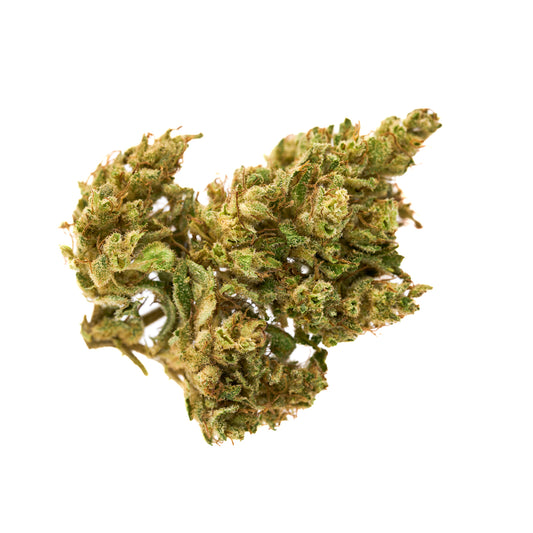
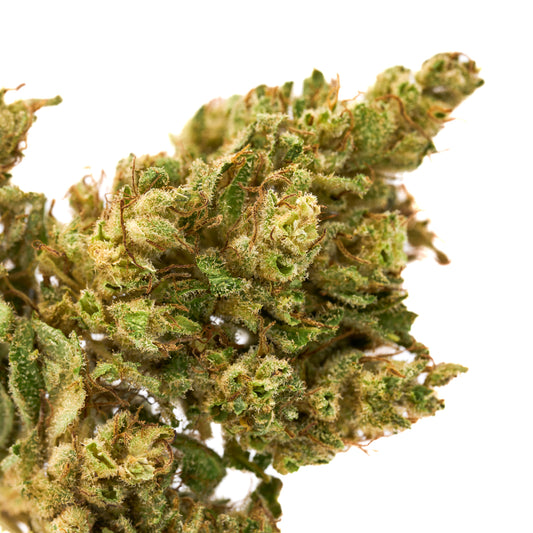
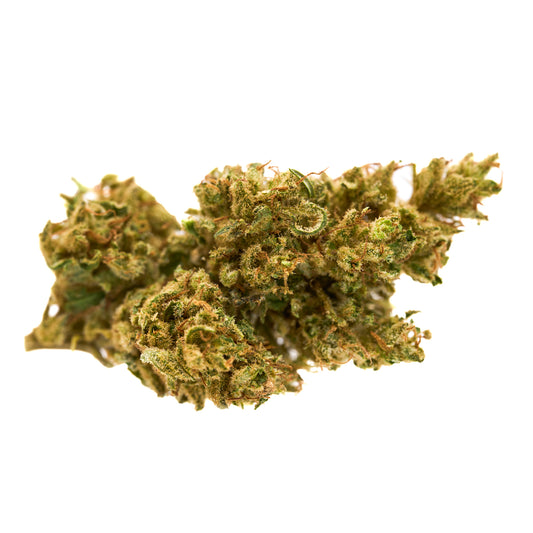
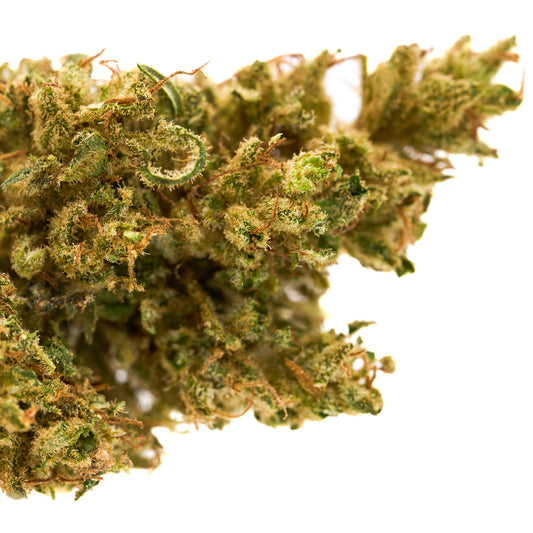
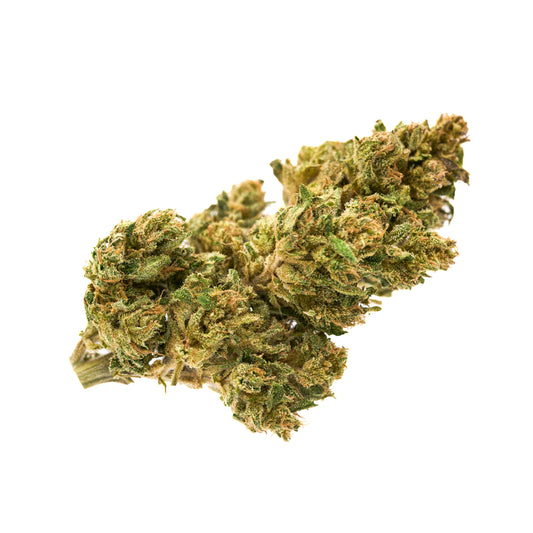
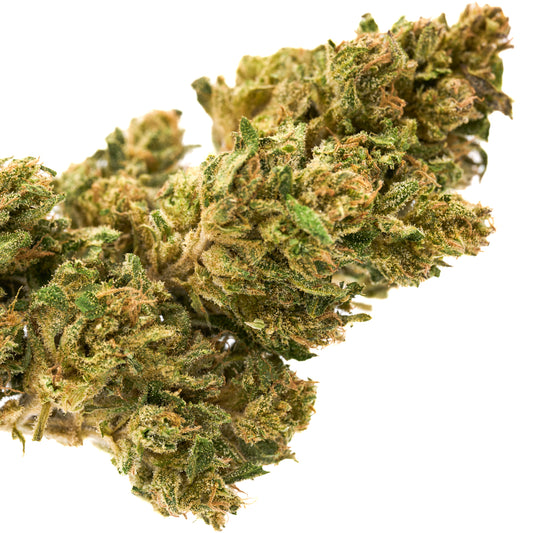



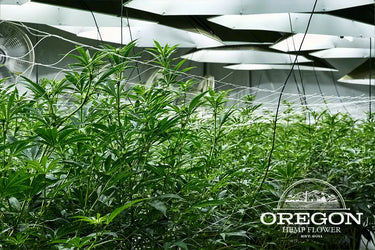

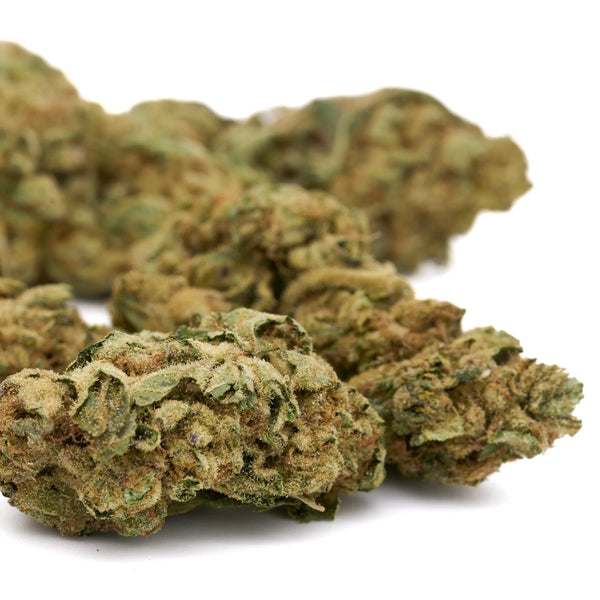
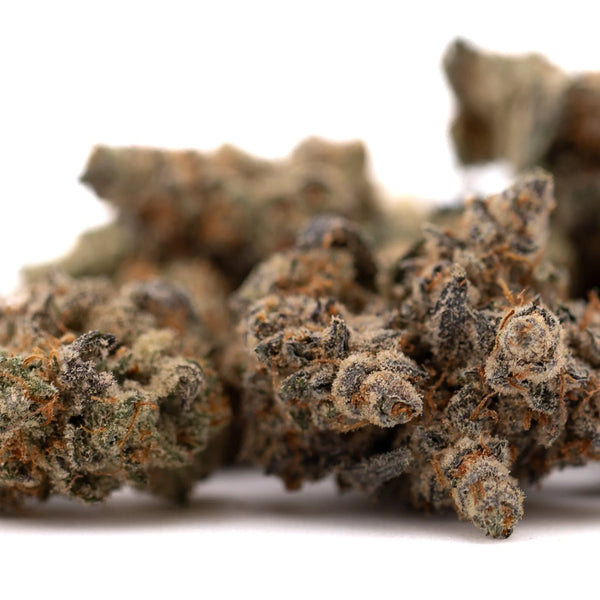
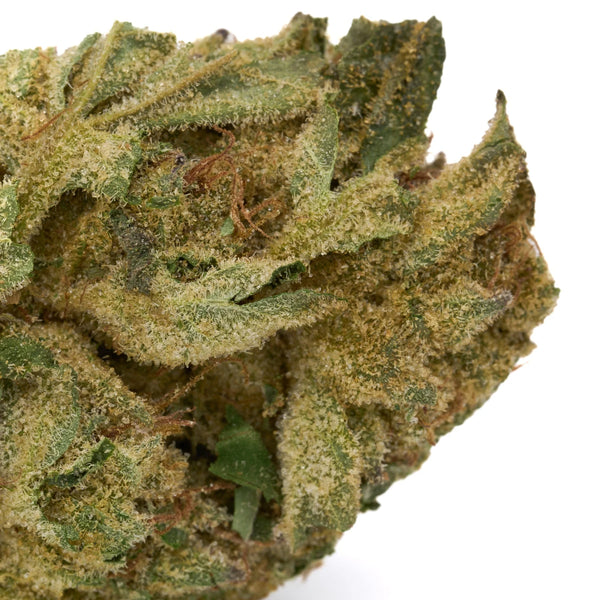
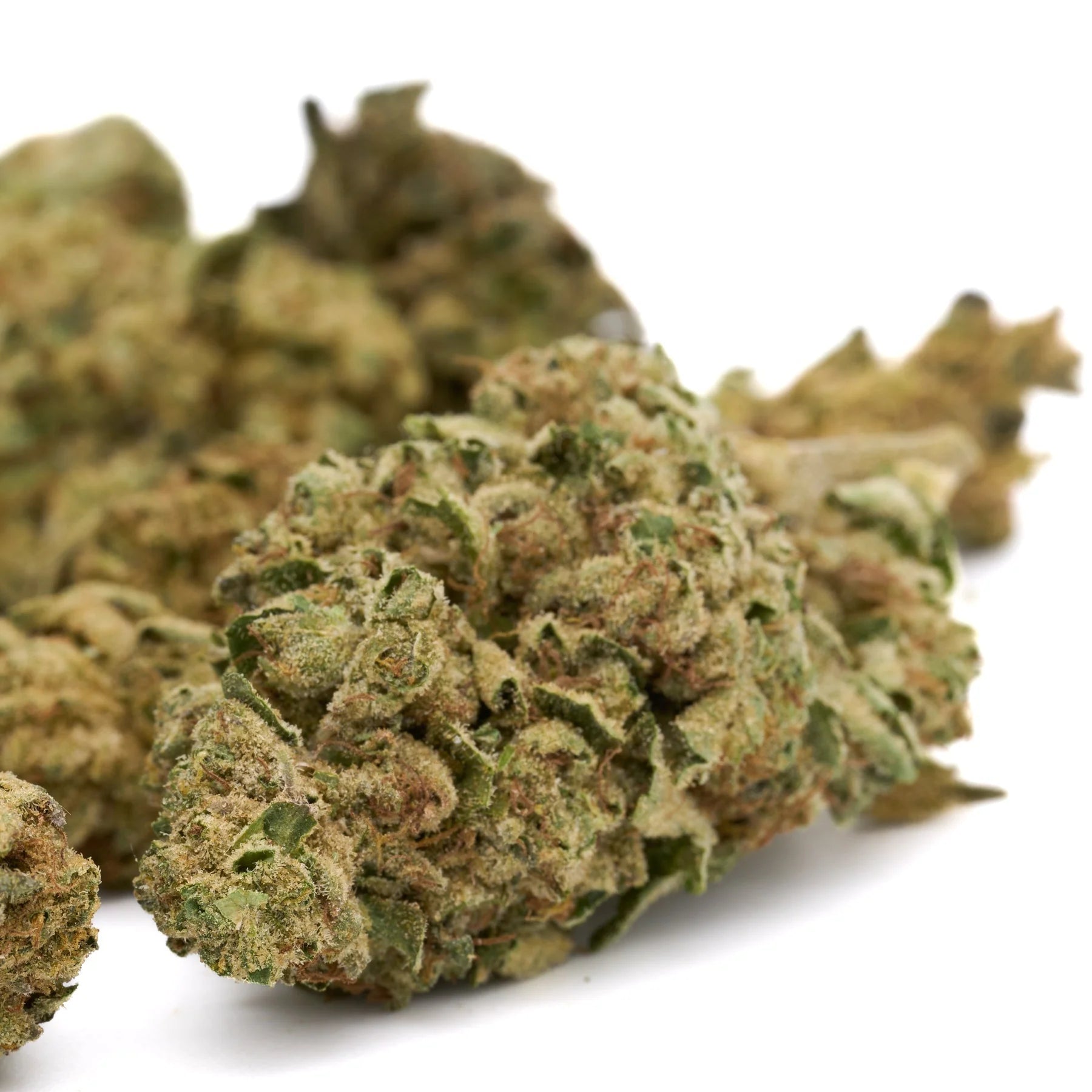
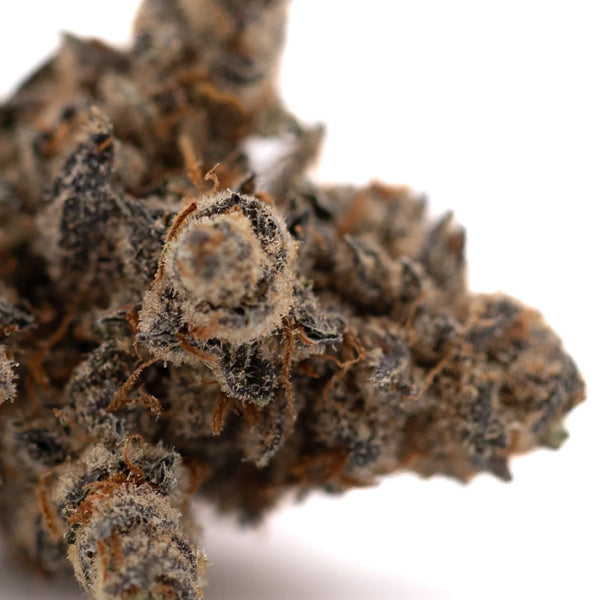
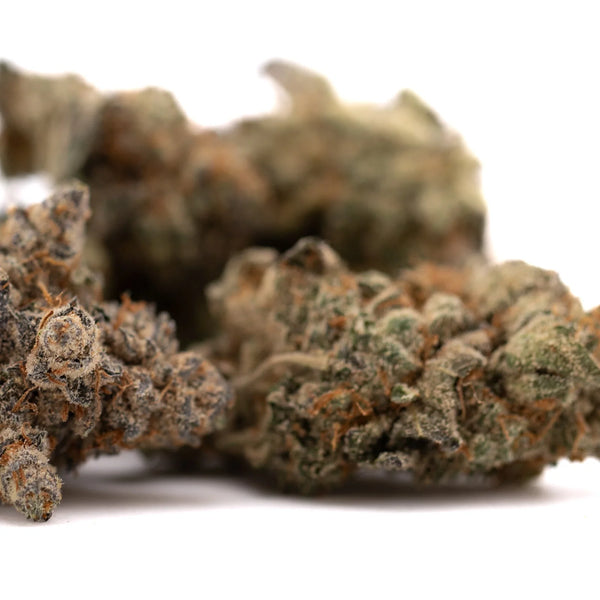
Leave a comment
Please note, comments need to be approved before they are published.